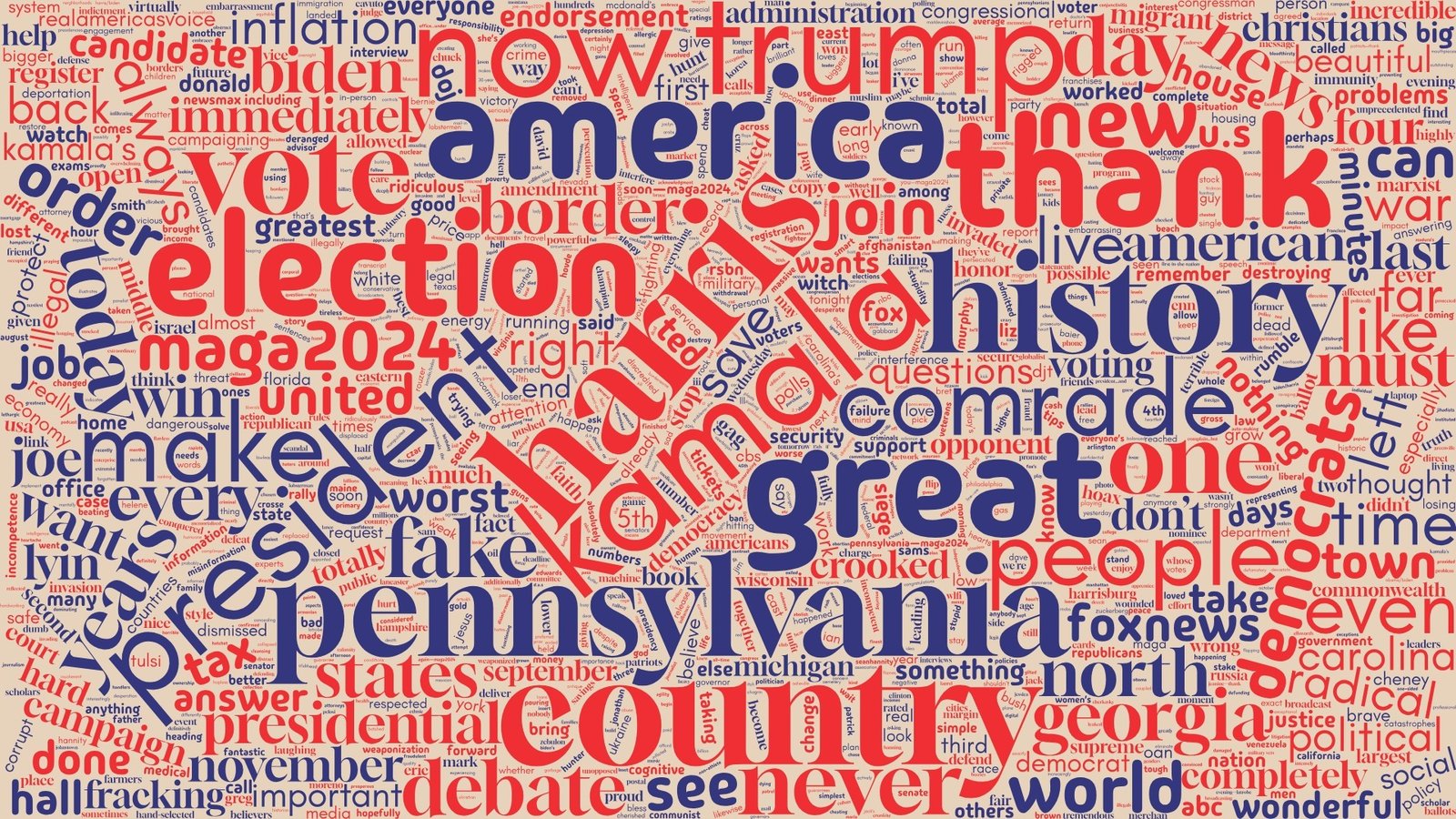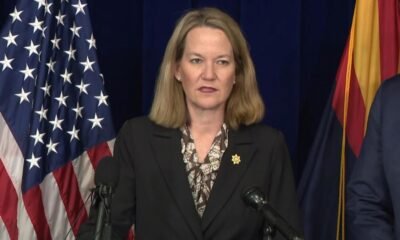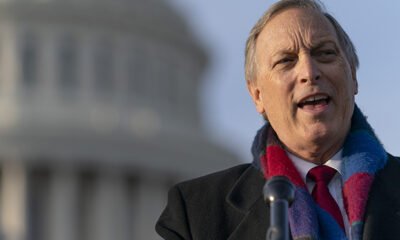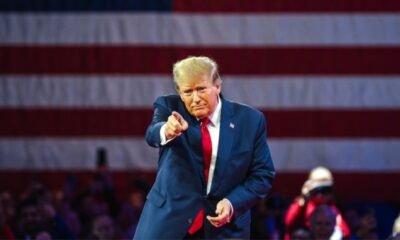Donald Trump
Trump Amplifies Anger and Fear with Sharp Insults to Rally His Base, Research Reveals

WASHINGTON — At a recent rally in Manhattan, former President Donald Trump made alarming claims about immigration and crime. Addressing a packed Madison Square Garden, he declared the United States “occupied” by illegal immigrants and promised a “largest deportation program in American history” on his first day back in office.
In a separate event in Arizona, Trump directed aggressive rhetoric at Liz Cheney, suggesting she should face violence for her actions as a Republican congresswoman and a key figure in the January 6 investigation. “Let’s see how she feels about it when the guns are trained on her face,” Trump remarked, reflecting an increasingly combative and divisive tone.
Political experts are raising concerns about Trump’s language, which they argue has become more threatening and combative over time. They highlight that since launching his political career in 2015, his speeches have morphed into longer, more random narratives, featuring increasingly violent imagery. Analysis indicates that Trump’s speeches, averaging 82 minutes, have evolved into what he describes as “the weave.”
Robert C. Rowland, a political rhetoric scholar at the University of Kansas, has noted a pattern in Trump’s recent messaging. He described Trump’s narrative as a blend of “fear, anger, grievance, and braggadocio,” noting an uptick in doomsday assertions reminiscent of the end of the 2020 campaign. Analysts suggest this aggressive language may have real-world implications.
Trump has anchored his campaign around high-profile crimes tied to illegal immigrants, despite evidence showing immigrants are less likely to commit crimes than native-born Americans. He has highlighted specific violent incidents involving undocumented individuals, invoking graphic descriptions of their heinous acts to rally support.
Recent research from UCLA into Trump’s speeches indicates a significant upward trend in his use of violent language since 2015. Analysts evaluated various speeches and have found striking evidence of heightened violent vocabulary, distinguishing Trump’s rhetoric from other political figures both domestically and internationally.
In a striking juxtaposition, Trump has called out what he terms the “enemy from within,” warning against the radical left and proposing military intervention if necessary. His inflammatory comments have sparked debates about the implications for civil discourse and the safety of the public sphere.
Moreover, Trump’s social media activity has reinforced these narratives. An analysis of his posts revealed a peculiar mix of admiration for his past leadership and stark warnings about current political foes. Certain memes, including absurd claims about immigrants allegedly stealing pets, have also surfaced, demonstrating the bizarre dynamics of his campaign strategy.
Despite criticism, Trump remains adamant that his campaign offers “positive solutions.” While boasting of deep popularity among his base, poll analyses indicate a tight race with Vice President Kamala Harris as their competition heats up.
Political analysts emphasize the need for continued scrutiny of language employed in political rhetoric, particularly when it veers into dark and violent territory. They warn that such extremes could undermine democratic values and engage citizens across the spectrum in a harmful manner.


















